Over the last month, Holt’s child nutrition program team has traveled to 12 childcare institutions in Vietnam and China to evaluate the success of the program as well as the ongoing implementation of our nutrition, health and growth screening system. Below, Holt’s nutrition initiatives coordinator, Aloura DiGiallonardo, shares the story of one boy she met in China whose extraordinary transformation illustrates how Holt’s groundbreaking nutrition program is impacting the children we serve.
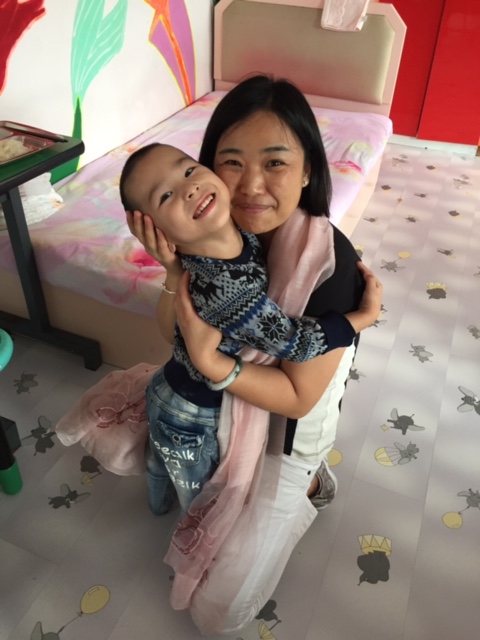
In the minds of Jin’s caregivers, finding a family for him would never enter the realm of possibility.
Jin has cerebral palsy (CP), a neurological condition that affects motor function in the body. As caring for a child with CP is beyond the resources of most low and middle-class families in China, many of these families feel they have no other recourse than to abandon a child born with CP or other special needs — hopeful that others will provide the care they need. Jin too was found abandoned and brought into care as an infant.
With a weak immune system and constant upper respiratory infections, Jin was never not sick. He was extremely listless, he could not walk, he could not sit up or support himself and he had extremely limited mobility. For the first few years of his life, he laid in a crib all day and all night. His caregivers would come and interact with him from time to time and he would listen to the noise in the background of his room. But without the attentive care of a family, he missed most of his developmental milestones and had very low cognitive function. His caregivers believed he had no hope of advancing to be independent or engaged in his own life. They assumed he would spend his entire life in an institution.
Then, in August of 2015, something big happened for Jin.
Holt’s child nutrition program (CNP) team came to his care center in northeastern China and conducted a safe feeding and positioning training for children with disabilities — a training we developed after discovering that so many children like Jin exist in the world of orphan care.
You see, Jin didn’t have to be sick all the time. His upper respiratory infections were likely a result of being fed while lying flat on his back — a poor feeding practice that resulted in fluid and particles getting into his lungs.
Since improper feeding practices can lead to aspiration, pneumonia, choking, poor nutrient absorption, emotional trauma and other psychological and developmental ailments, improving feeding practices — or changing how children are fed — is critically important. But before Holt developed our child nutrition program, trainings for caregivers on how to properly feed and position children with disabilities by and large did not exist. Caregivers were forced to just go off of their personal experience and best guesses as to what is correct. This, unfortunately, led to widespread use of dangerous feeding practices for children who are unable to feed — and often cannot speak for — themselves.
Jin didn’t have to be sick all the time. His upper respiratory infections were likely a result of being fed while lying flat on his back — a poor feeding practice that resulted in fluid and particles getting into his lungs.
To address this problem, Holt worked to develop a feeding training — cultivating skills care center staff can use as part of their standard daily practices. The results of this training have been impressive. It is clear, by feeding children more safely, Holt’s child nutrition program is improving their quality of life.
Jin is no exception. Since our feeding and nutrition training at his care center in the summer of 2015, his caregivers began working with him to get him sitting up. They started with strapping him in a specialized wheelchair and feeding him that way, and then began working with him to become more independent during mealtimes. To help him learn to chew and swallow safely, they provided physical therapy and oral motor stimulation to train his mouth to make more complex movements. Gradually, he began growing in his skills and abilities.
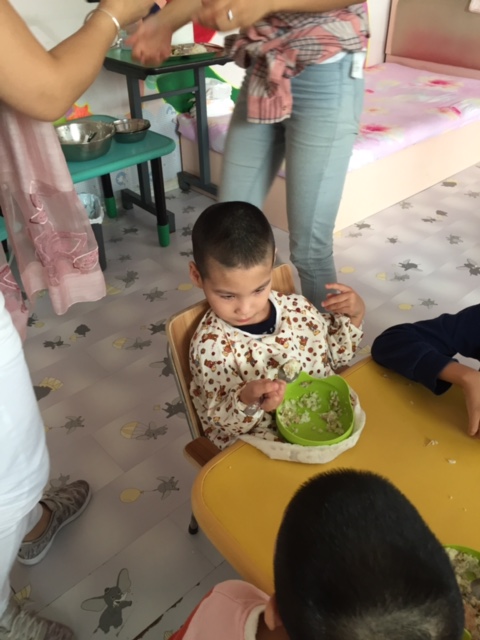
Over the last month, Holt’s child nutrition and health programs director, Emily DeLacey, and I have traveled to 12 childcare institutions in Vietnam and China to evaluate the success of this program and the ongoing implementation of our nutrition, health and growth screening system. In both countries, Holt serves children in care at both private and government-run institutions — some with significant funding and resources, and others just struggling to get by. But despite the differences in the organizations we have visited, some common themes have emerged. Since the implementation of Holt’s CNP, children are getting less sick less often — a trend reflected in detailed data we have collected over time. Beyond the numbers, infants and children with disabilities whose lives have been impacted by the feeding training are also notably happier and seem stronger and more energetic.
We are thrilled to say that we have seen countless children who have been positively affected by the training.
Nevertheless, lack of staffing remains a huge issue across all sites. Feeding properly takes a lot more time and effort than the dangerous methods caregivers previously used. So while progress has been made, it is not consistent and we still have a long way to go. Sites are doing their very best considering the difficult circumstances they have to work with, but best practices have not yet been universally applied. Emily and I feel fortunate to have a feeding specialist accompanying us who can provide follow-up and additional recommendations. Each site has received individualized recommendations for improvement and in-country Holt staff will continue following up and providing support to the care center staffs. One small change at a time is making a huge impact in the lives of children.
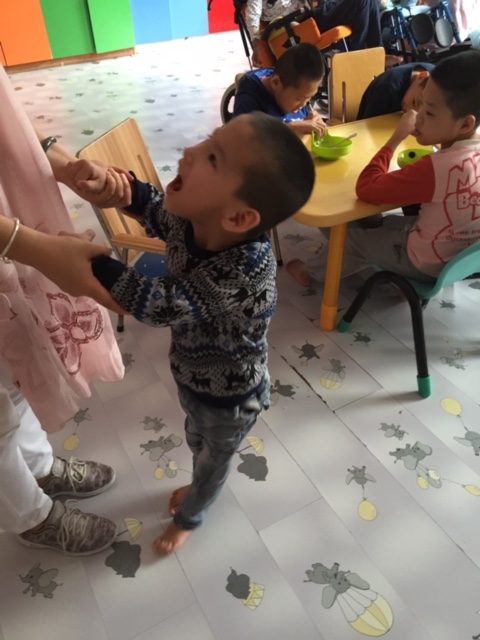
A year has now passed since we provided new feeding skills training at Jin’s care center in northeastern China. And when we arrived this week, we witnessed an amazing transformation. They have improved their infant feeding practices by ending nipple cutting and bottle propping — practices that are very dangerous for infants because they can cause choking, aspiration and the development of feeding disabilities among otherwise completely healthy children. Feeding infants correctly sets them up for success in all aspects of their early life. Nearly every child with a disability is now eating while sitting up. Food textures have been modified to meet children’s needs and the staff conducts monthly peer assessments on feeding techniques and practices to ensure that they are staying committed to the lessons they learned at the training. This care center has fully embraced CNP in all respects and the results are inspiring.
When I met Jin this time, I never would have guessed that he was the little boy I described at the beginning of this story. He now not only sits up to eat, but he sits in a normal chair. By himself. Without support. Despite his significant tone and difficult gross motor control, he can hold a spoon and successfully eat his meals on his own. He sits around a small table with his peers where caregivers can keep an eye on all of them — and encourage and praise them for their growing skills.
Jin’s physical capabilities have also significantly increased. He can walk with support, has gained weight and is sick less often. When we met him, he was finishing his lunch. When he was done, he proudly showed his caregivers and our team his empty bowl. Then he brought the bowl to his face and licked it clean, clearly enjoying himself. The caregiver took off his bib and he eagerly reached out to our in-country China director, Sue, who helped him stand up and walk around the room. After going a little ways, he stood happily — bouncing up and down, smiling and dancing.
He can now say a few words and simple sentences. He is learning new things every day. And over the last year, his mental capacity has expanded so dramatically that Holt is looking into finding an adoptive family for him as he now seems like he could be successful in a family setting. What before seemed impossible to Jin’s caregivers has now fully entered the realm of possibility —in large part because of Holt’s child nutrition program, and the dedication of his caregivers to help him achieve his potential.
Stories like Jin’s highlight the importance of this program. While his caregivers made other changes in his life, the first and most significant change towards his development was the implementation of safe feeding practices — allowing him to participate in his mealtime. We are excited for Jin and his future family, whoever they may be. We are also energized by his success to do even more for more children.
Empowered by the CNP, Holt China just scaled feeding trainings to 17 additional care centers in Shandong province. While not all have committed to fully participating in the program, they have all received a demonstration about proper feeding techniques and learned about their importance to the health and wellbeing of children. We are hopeful that soon, many of these care centers will be partners with Holt through CNP — expanding our scope to help hundreds more children like Jin realize a bright, hopeful future.
Aloura DiGiallonardo | Nutrition Initiatives Coordinator
Learn more about Holt’s child nutrition program!
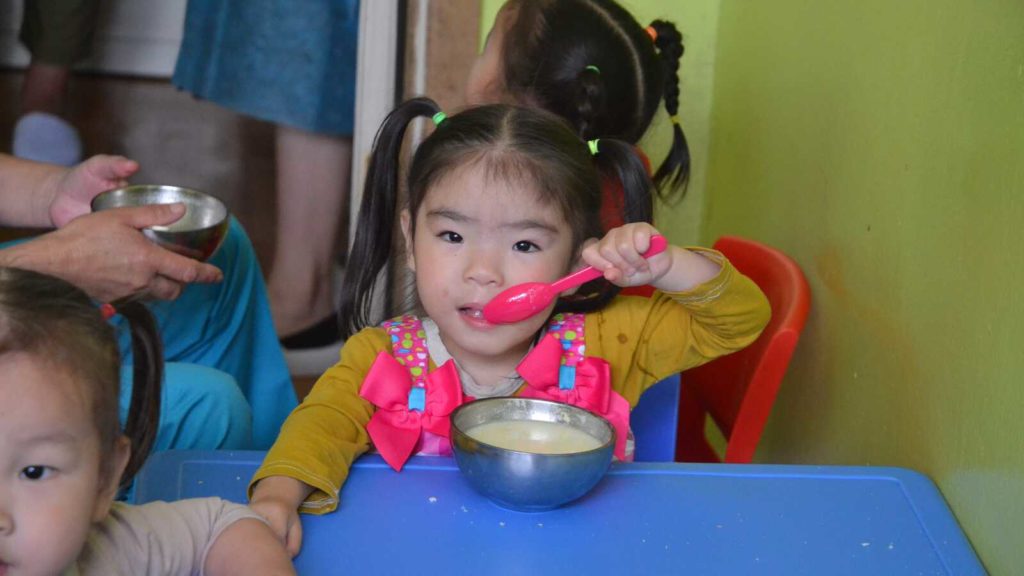
Support Holt’s Child Nutrition Program
Your gift to Holt’s child nutrition program will provide life-changing nutrition and feeding support to children living in poverty and in orphanages around the world.


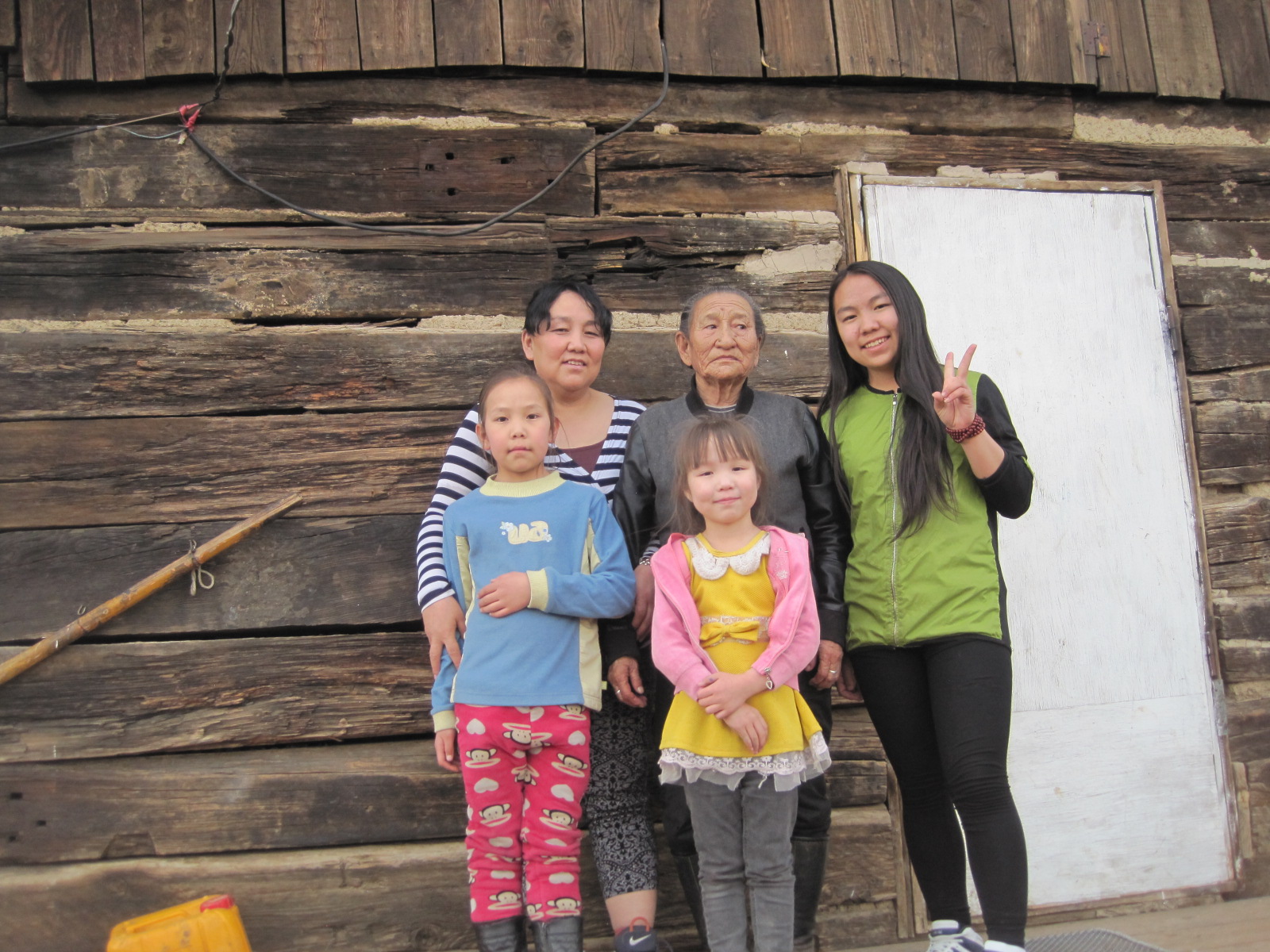
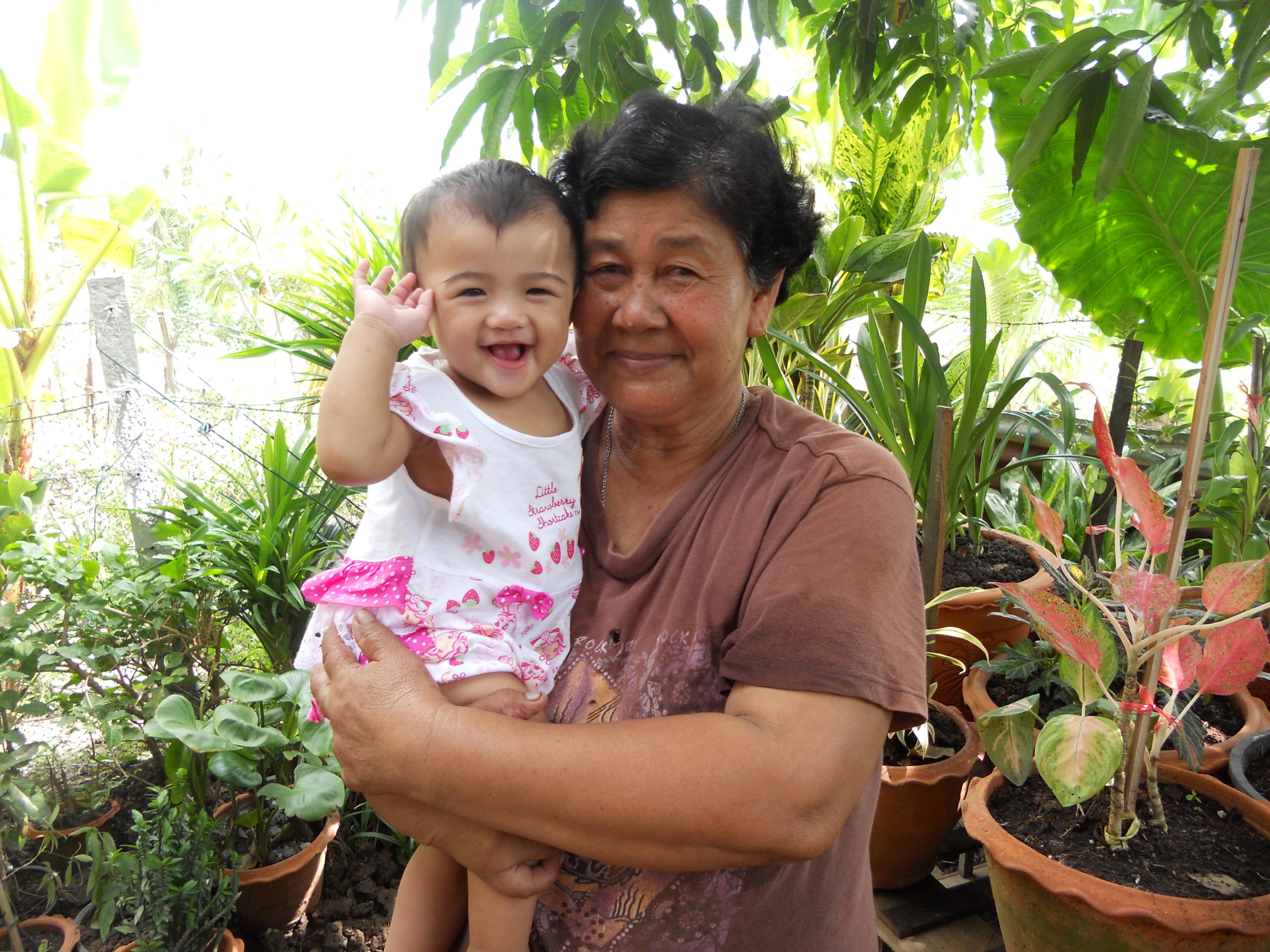
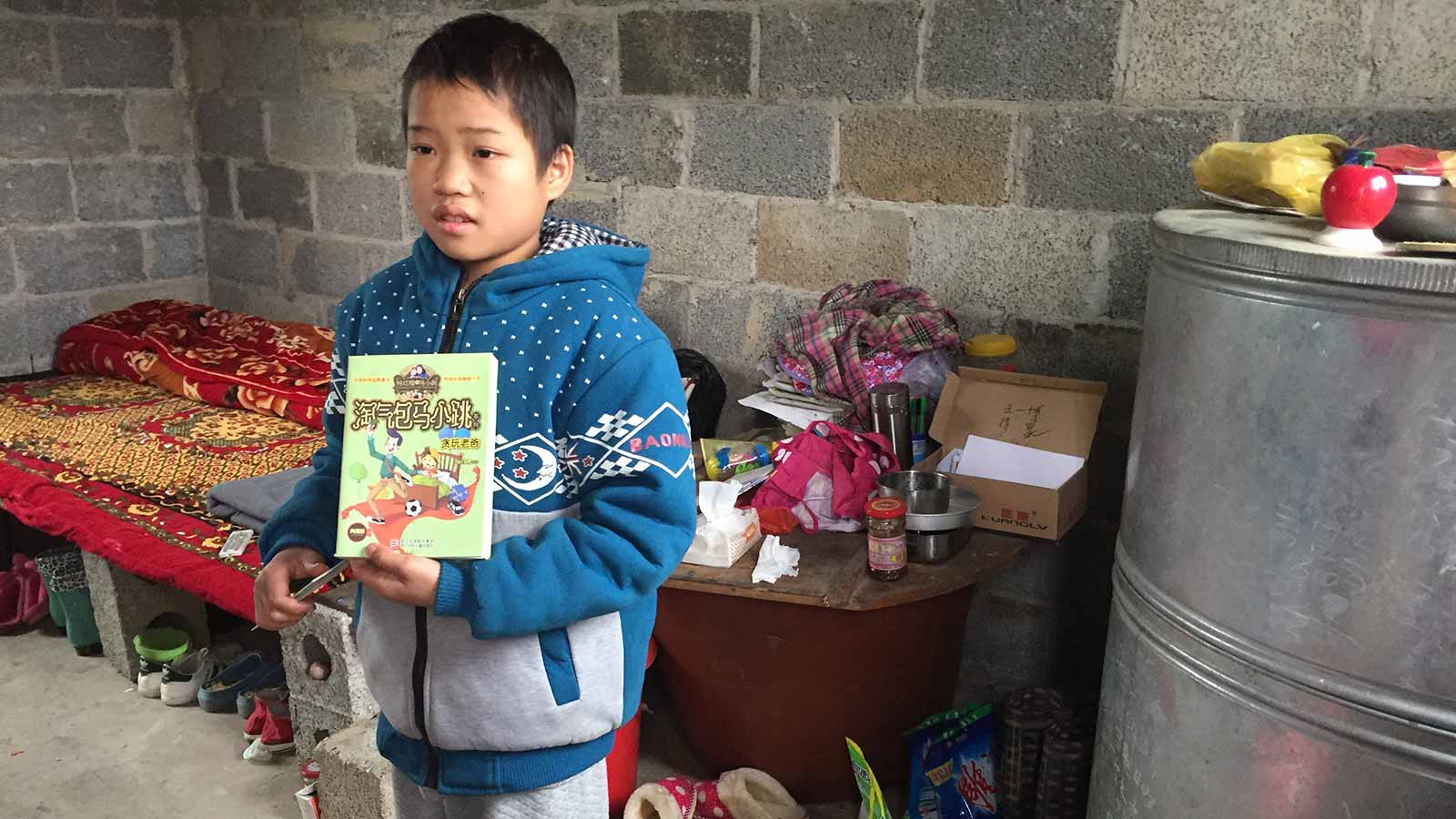
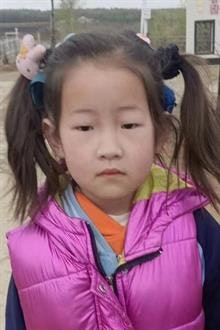
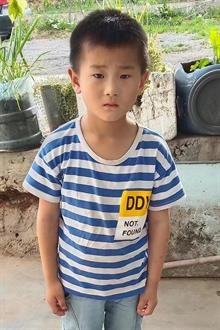
The efforts you are making on behalf of children is amazing. I praise God for Holt International and I pray that all the glory is ultimately going to Him, how He has and is blessing your efforts. God Bless You.